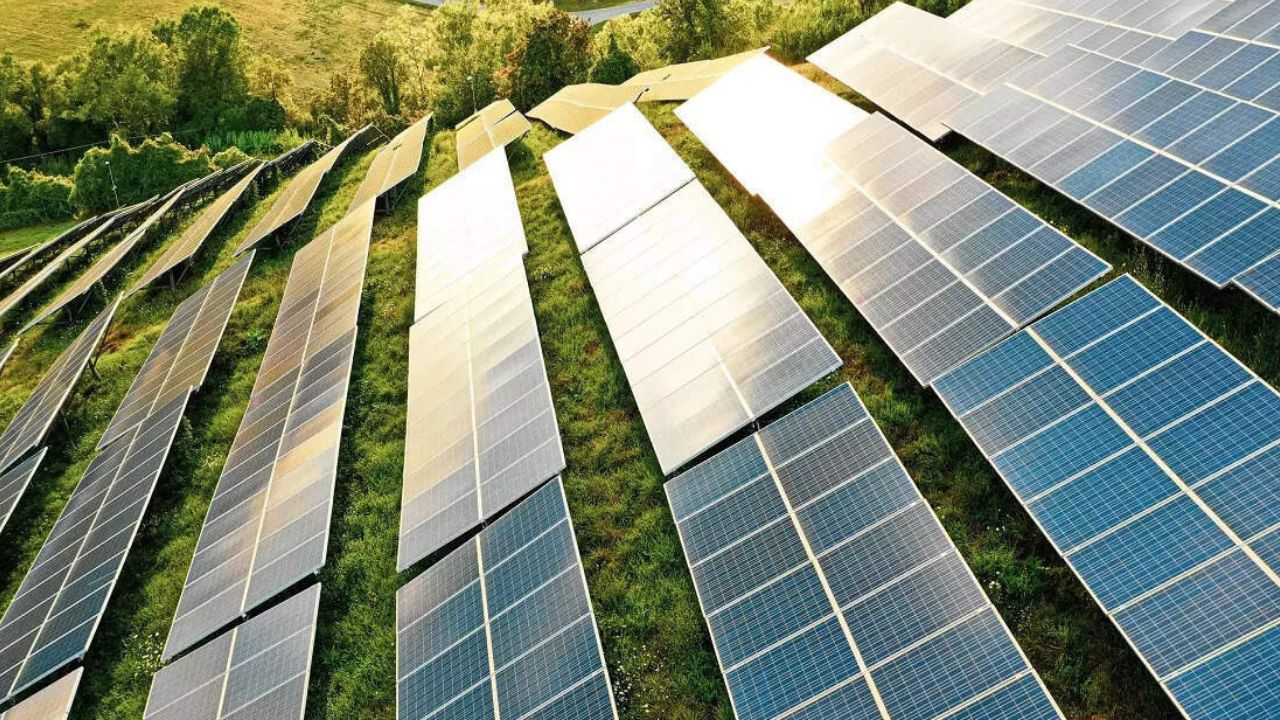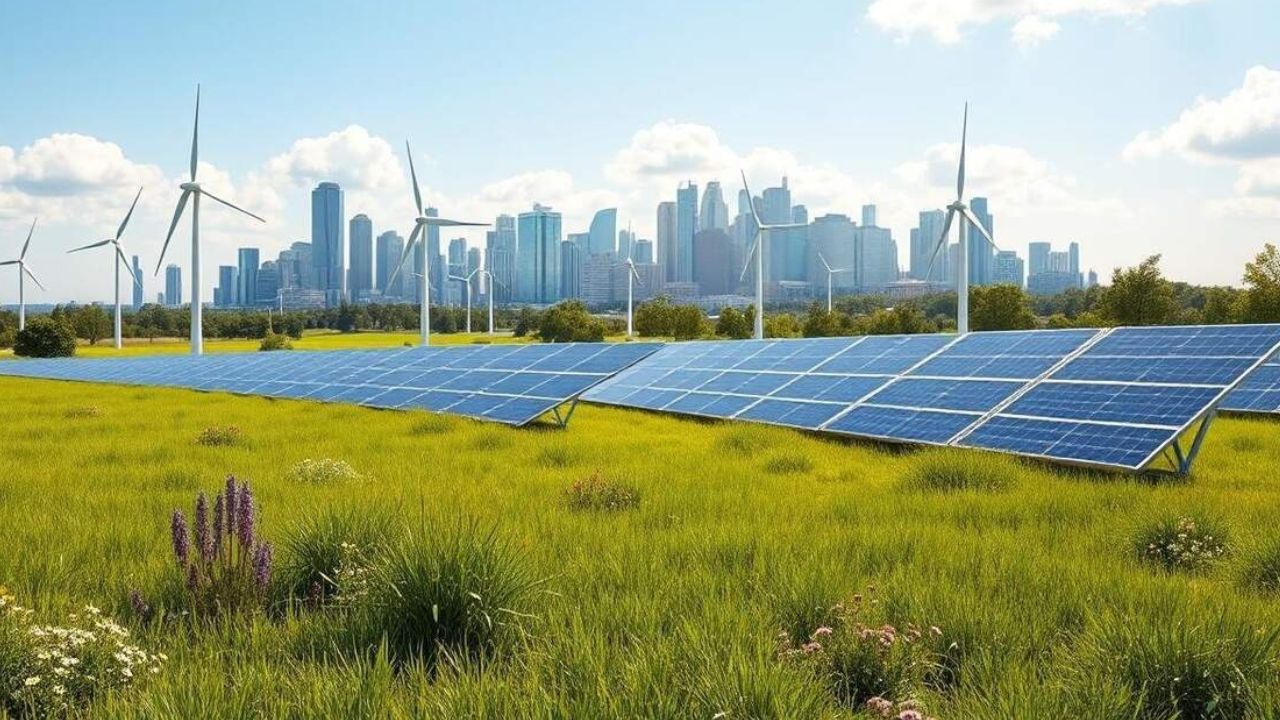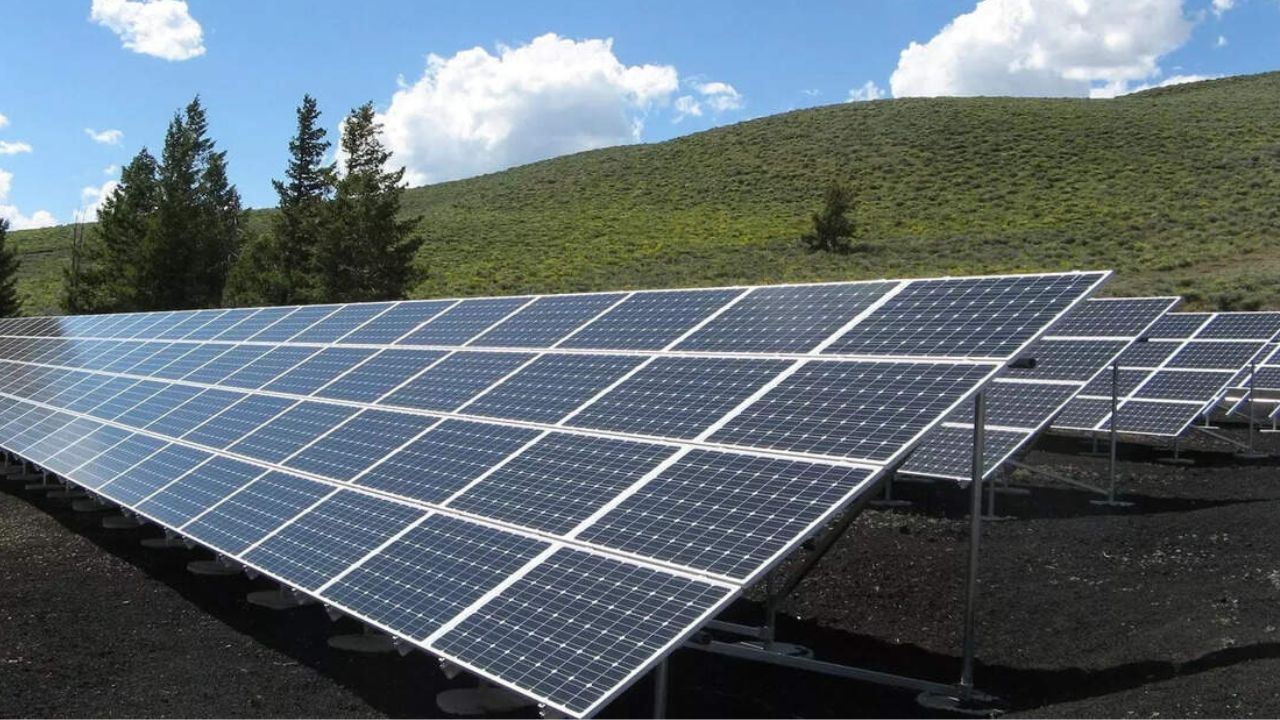Flexible perovskite panels are suitable for mountainous mountains in traditional solar fields, and an important component of the panel is iodine, Japan has produced more than any country but has produced more than Chile.
Pushes face some obstacles: Peroveskite panels have a poisonous lead and now, creating low strength and has less life than their silicone parts.
Nevertheless, with the desire to break the net-zero and China’s solar domination by 150, Perovskite sales are our best cards to achieve both “Decarbonization and industrial competitiveness,” Minister of Industries Yogi Mutto said in November.
He said, “We need to succeed in their implementation in the society,” he said.
To create Peroveskite solar panels by 227, up to 227, up to 2 MW, Japan will have to create a bar, Japan’s bandage will have to be created, plastic manufacturer Xiusi chemical for producing 5 MW of Japan by 2027, with the government to get a subsidy with the government. Different nuclearities. By 2040, Japan’s renewable energy should be helped to cover 50 percent electricity demand.
Silicon is breaking the ceiling
At that time, up to 5 per cent of all electricity demand has increased by 9 per cent, 9.8 percent in 23 percent.
“To increase the renewable energy and achieve carbon neutrality, I think we have to compensate for all the technologies we are available,” said Hiroshi Segawa, an expert of the next generation of solar technology at Tokyo University.
“Perovskite solar panels can be made home from raw material to production. In that sense they can make significant contributions to things like energy safety and financial security,” he told AFP.
Tokyo wants to avoid the previous boom repetition and the Japanese solar business repetition.
At the beginning of the 2000s, the Japanese-made silicone solar panels were about half of the global market.
Now, from the production of raw material to the integrated modules, China controls more than 80 percent of the global solar supply chain.
Silicon solar panels are made of thin wafers that are processed in electricity generating cells.
The final products make it heavy and heavy, they must be protected by reinforced glass sheets and metal frames.
Perovskite solar cells, however, are manufactured by printing or painting elements such as iodine and lead to a surface such as film or sheet glass.
The final product can be only one millimeter thick and the tenth weight of the traditional silicone solar cell.
The blasphemy of Perovskite panels is that they can be installed on uneven and curved surfaces, one of the important features in Japan, where 70 percent of the country is mountainous.
To create where the power is used
By 2028, the panels, including the 46 -storey Tokyo building, are already being included in several projects.
The city of South -West Fukuoka also says that he wants to cover the Dombted Baseball Stadium with Peroveskite Panel.
And the Major Electronics brand is working to integrate Panasonic Perovskite into the window.
“What if solar cells are integrated into all these window?” Yukiro Kankeo, general manager of the Perovskite PV Development Department of Panasonic, said the gesture of tall buildings covered around the Tokyo office of the firm.
Kanako further said that it will allow for energy to create power and reduce the burden on the national grid wherever it uses.
For all the enthusiasm, the Perovskite panels are far from a large amount of production.
They are less efficient than their silicone parts and have only a decade of life compared to the 30 years of traditional units.
The toxic penis in them means that they need to be carefully disposed of after using.
However, the technology is making rapid progress. Some prototypes can perform equally powerful as silicone panels, and their durability is expected to reach 20 years soon.
University Professor Sagawa believes that by 2040, Japan can have a capacity of 40 GPs from Perovskite, while technology can also increase renewable growth elsewhere.
“You should not think of it as silicone or perovskite. We should pay attention to how we can increase our ability to use renewable energy,” Segawa said.
“If Japan can show a good model, I think it can be brought abroad.”
.











